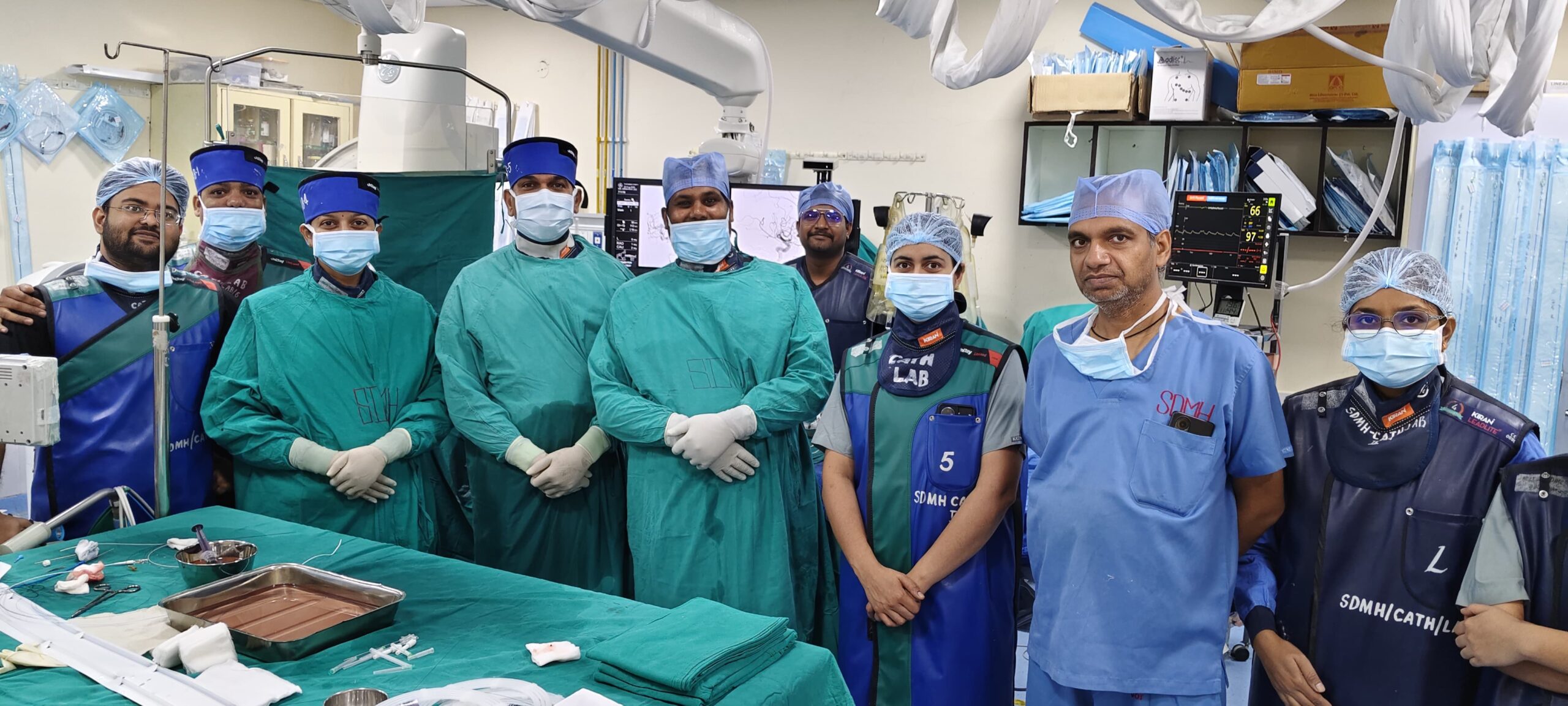Subtotal ₹0.00
Shopping cart
- drsharmadp@gmail.com
- B-434, Pradhan Marg, Vidyut Abhiyanta Colony, Malviya Nagar, Jaipur (Raj.)
Minimally invasive neurosurgery uses advanced endoscopic and microsurgical techniques to treat complex brain and spine conditions with smaller incisions, less pain, and faster recovery. Dr. D.P. Sharma (MBBS, MS, M.Ch Neurosurgery, Fellow Endovascular Surgery) is a senior neurosurgeon in Jaipur, skilled in performing delicate **endoscopic brain and spine surgeries** with high precision and safety. These procedures are ideal for patients who want effective treatment with reduced hospital stay and minimal scarring.
Unlike traditional open surgery, minimally invasive surgery uses small cuts, specialized instruments, and cameras (endoscopes) to access the brain or spine. This approach reduces damage to healthy tissues, lowers complication risks, and helps patients return to normal life sooner.
ETV is a surgical procedure used to treat hydrocephalus (excess fluid in the brain). Instead of placing a shunt, a small hole is made in the floor of the third ventricle to allow CSF (cerebrospinal fluid) to flow normally.
ETV avoids the need for lifelong shunt placement and reduces the risk of shunt-related infections or malfunctions.
Through a small opening in the skull, an endoscope is inserted into the ventricles. A tiny opening is made in the ventricular floor to restore CSF circulation.
Most patients recover quickly and may be discharged within a few days. Long-term outcomes are excellent, especially in adults.
If hydrocephalus symptoms appear, timely neurosurgical evaluation is essential to prevent brain damage.
This is a minimally invasive method to remove tumors located within the brain ventricles, such as colloid cysts or other small intraventricular growths.
It allows safe removal of intraventricular tumors while preserving brain tissue and avoiding large craniotomy.
An endoscope is inserted into the ventricles, and specialized instruments are used to excise the tumor with real-time visualization.
Most patients experience shorter hospital stays, less pain, and faster return to activities compared to open surgery.
Any new onset headaches, memory issues, or hydrocephalus symptoms should be promptly evaluated.
This is a minimally invasive surgery performed through the nose to remove pituitary gland tumors without external cuts.
Endoscopic surgery restores normal hormone function, relieves pressure on optic nerves, and avoids external scars.
A small endoscope is passed through the nostrils to reach the pituitary gland. The tumor is carefully removed without disturbing surrounding brain tissue.
Most patients stay 2–4 days in hospital. Vision often improves quickly; hormones normalize over weeks. Follow-up care is essential.
If you have unexplained vision loss, headaches, or hormone-related issues, consult a neurosurgeon.
Endoscopic spine surgery is a minimally invasive technique for treating spinal disc problems, stenosis, and nerve compression.
Endoscopic surgery reduces tissue damage, blood loss, and recovery time compared to traditional open spine surgery.
Through a small skin incision, an endoscope and instruments are inserted to remove the herniated disc or relieve nerve compression.
Patients usually walk within 24 hours and recover in weeks instead of months. Minimal post-surgical pain is reported.
If chronic back or leg pain doesn’t improve with rest or medicines, surgical evaluation is necessary.

If you are suffering from hydrocephalus, pituitary tumors, intraventricular growths, or spine-related issues, consult Dr. D.P. Sharma in Jaipur for safe and effective minimally invasive neurosurgery.
Yes. They are safe and often safer than open surgeries because they reduce blood loss, infection risk, and hospital stay.
Smaller incisions, less pain, quicker recovery, and fewer complications compared to open surgery.
Recovery time varies but is generally much faster—days to weeks instead of months for traditional open surgeries.
Scarring is minimal or almost invisible since the procedures are done through tiny incisions or natural openings (like the nose).
Dr. Sharma combines 20+ years of neurosurgical expertise with advanced endoscopic techniques, offering patient-focused, minimally invasive care in Jaipur.
WhatsApp us !